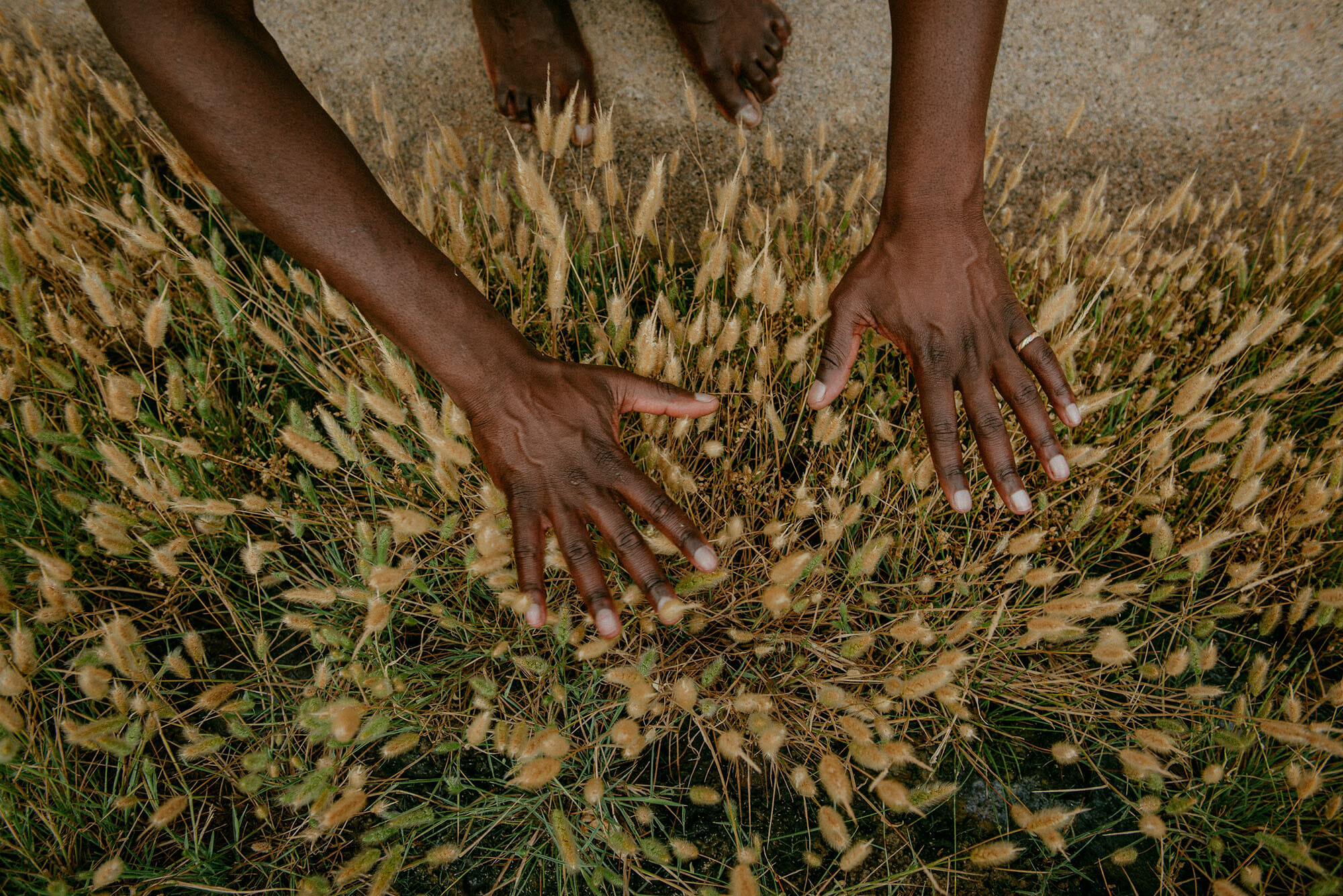Ed Note: We always love when our member Jessie Kanzer can contribute to the HudCo Journal! Jessie reports on all things that bolster your physical and mental well-being.
As if our world wasn’t stressful enough, there can be so much extra pressure on us around the holidays—the gatherings, the gifts, the food. There’s a lot to do and a lot of people to think about. But, also, this time of year can bring waves of sadness for those who are missing loved ones or dealing with major life changes.
In our current pandemic times, there’s an extra level of heaviness—economic uncertainty, all sorts of delays, and, of course, our collective loss. Plus, we’re thinking about the things we’d like to change in our lives—our intentions and resolutions, and we may be feeling guilty for overindulging or overspending.
I talk a lot about these pressures in my upcoming book Don’t Just Sit There, DO NOTHING: Healing, Chilling, & Living with the Tao Te Ching. How can we at least lessen the strain we put on ourselves?

Sure, there’s a lot to do, but the Tao Te Ching—a wise, little manuscript from 6th Century B.C.—says, “Do your work, then step back, the only path to serenity.” I interpret these words as telling us to not overthink the reactions of others or the end results of our work. We can come from a place of love, for example, when dealing with gift-buying and organizing a celebration, but then, we can let our efforts go and we can relax. At the end of the day—or in the middle of the day when we need it—we must give ourselves the space to put our never-ending to-do list aside and just chill.
Here are 5 Tao-inspired tips that can help us destress, no matter what the season:
1. Create Stillness (schedule it if you have to)
I titled my book Don’t Just Sit There, DO NOTHING because I’ve realized stillness—doing nothing—is the key to wholeness. And it’s not as difficult as we make it out to be. We can find the time to quiet our minds, no matter how busy we are. It can look like a five-minute meditation or simply a couple rounds of conscious breathing (hint: it’s kind of one and the same). But if you notice you’re not naturally making room for stillness, schedule it! I call it scheduling unscheduled time. Seriously, throw ten minutes of DO NOTHING on your daily calendar and see what happens.
Dan Greenwald, who helps folks grow their “Courage Muscle,” expands this practice, encouraging us to make time for “Active Resting.” “These are intentional actions that specifically give you recharge and keep your ax sharp,” he says, stressing the importance of intentionally being present.
2. Breathe
Even if all you have time for is a deep inhale and a pause, that’s a very potent moment. We often get so caught up in our human turmoil and busyness, we forget what breathing deeply feels like. But, go ahead, try it, see how delicious a deep breath can be. And next time you’re feeling stressed, stop, if only for a beat, and breathe. I’ve begun doing breathwork exercises regularly, and let me tell you, those takes breathing to a whole new level—it becomes a portal to another dimension, a stressless one. But actually, any conscious inhale can be that portal.

3. Look to Nature
I love hiking as a regular activity. But frigid weather doesn’t always allow for it, and sometimes our schedules don’t. Not to mention, not everyone’s into it. But everyone can look up at the sky for a moment and take in its spaciousness—to feel that spaciousness expanding within themselves. And we can all glance out the window and look at a tree move with the wind, or a branch, or a leaf. Something about the way it blows in the breeze is extremely calming—the way it just goes with the flow, as can we. Plus, winter snow is the most calming scene in the world. Use it!
4. Revisit Your Senses
Listen to the melody of a beautiful song—really listen. Or to the birds chirping outside. Focus in on the sound and become present with it. Because presence is a natural antidote to stress. So, feel the surface beneath your feet. Sense your own body: the temperature of your skin, the air in your nostrils, the taste in your mouth. Be fully in yourself. Become aware of your physical senses. Be here now.
5. Feel!
When we shift our focus away from doing to being, how we feel takes center stage. Occupational therapist Adrienne Breen encourages us to address feelings first thing in the morning, before we dive into our extensive to-do list. “I think of 3 ways I would like to feel for that day,” she says, calling it her “to be” list… Similarly, when the “bad” feelings come up—hurt, grief, sadness—we need to work through them, rather than stuffing them down. We need to feel it to heal it, in other words. A good therapist can help. So can writing—whether it’s simply journaling or writing professionally (just the act of expressing yourself is healing). And give yourself the space and the modality to cry, to scream, to do whatever you need to do to move through the harder experiences of existence.
—
Also, please note: no one self-care practice replaces another on our journey through stress, anxiety, and depression. We live in a chaotic world and solutions may be multi-pronged. It’s an and/yes game, not an either/or: therapy and meditation, antidepressants and journaling. Try lots of things, keep what works. Just know that you don’t have to exist in a constant state of stress, not even during holiday season!

